Biography
The dates of the glass artist's life are obscure. It is known that the son of French parents was employed as an artistic director at the Faiencerie de Longwy in the early 1870s, where he created Japanese decorations using the enamel cloisonné technique. In 1875, he moved to Bordeaux to join the faience firm of Jules Vieillard & Cie, which was awarded a gold medal at the 1878 World's Fair in Paris. It was with Clément Massier, who also specialized in faience, that Amédée de Caranza finally learned to work with oxide glazes. Amédée de Caranza became famous, however, for his glasses in amber, red and brown tones, on the walls of which he created wonderfully impressionistic floral and aquatic motifs with a delicate luster using these same metal reduction colors. De Caranza was one of the pioneers of this technique on glass and applied for several patents for it. In 1890 at the latest, he made the first attempts to apply metallic iridescent decorations to glass. The earliest known glass with luster painting is dated 1895 according to Hilschenz-Mlynek/Ricke. The famous art critic and advocate of Impressionism, Julius Meier-Graefe took over the distribution of de Caranza's works with his partner Jeanne Duc in his store 'La Maison Moderne'. Around 1903, de Caranza returned from Paris to Noyon and became one of the main collaborators of Henri Copillet's company for ceramics and finishing of ornamental glass and windows, which lasted only until the end of the First World War. Amédée de Caranza explained his technique for the patent application in March 1902 as follows, using a light bulb as an example: "(...) We perform on its surface a decoration with any number of different metal oxides. These oxides can be applied either with water, gasoline, rubber, or generally with any suitable liquid or semi-liquid substance. (...) The objects are placed in a kiln, where they are fired as in the ordinary firing of glass, crystal, or opal, but during the firing the oxides are deprived of oxygen, so that they are restored to the state of native metals. To carry out this reduction, a suitable reducing agent, such as coal, oil, carbide, hydrogen, pure gas or gas mixed with air, is added before, during or after firing in sufficient quantity for the reduction to be complete..." (Translated from French, FY).
We regularly sell objects by Amédée de Caranza in our auctions. If you want to sell your objects, our experts are always at your disposal.
Objects by Amédée de Caranza
-
Sold
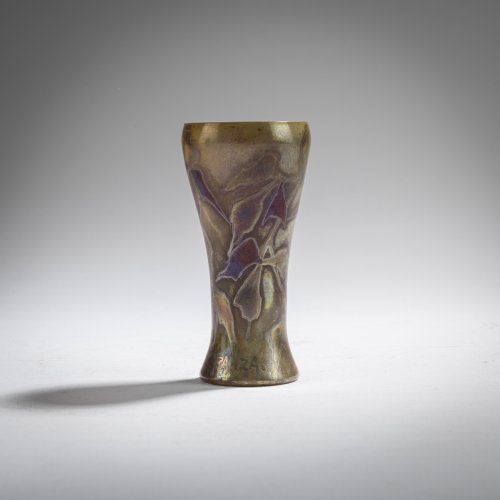
Amédée de Caranza Caranza, Amédee de, Paris; Copillet, H., Noyon
Small vase, c. 1903
Hammer Price: 400 €
-
Sold
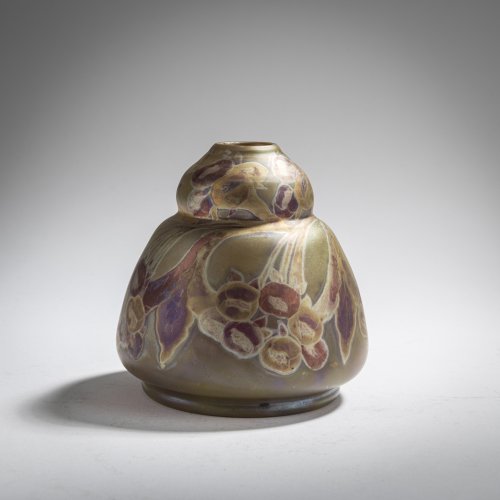
-
Sold
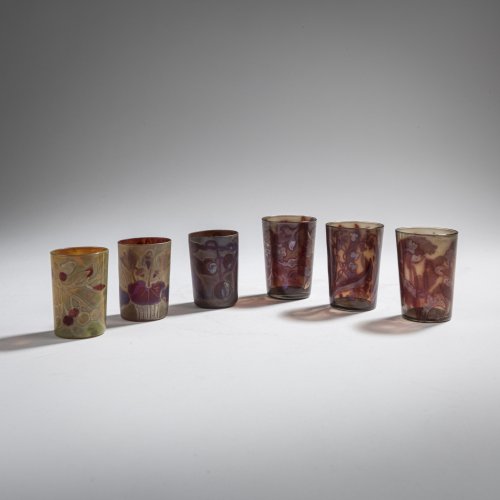
-
Sold
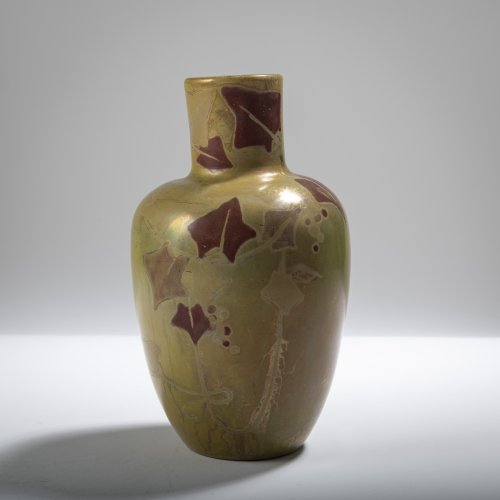
Amédée de Caranza, Jeanne Duc Caranza, Amédée de; Duc, Jeanne
'Lierre' vase, c. 1900
Hammer Price: 1,400 €
-
Sold
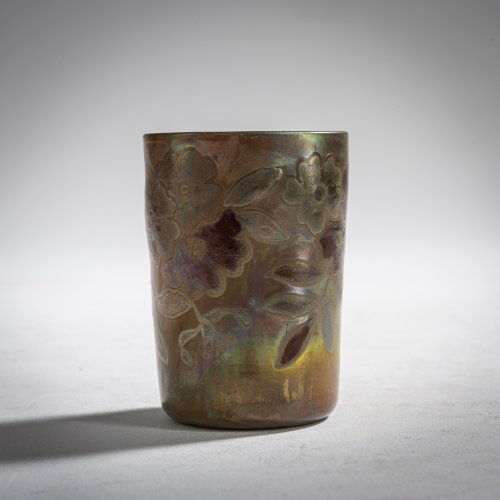
-
Sold
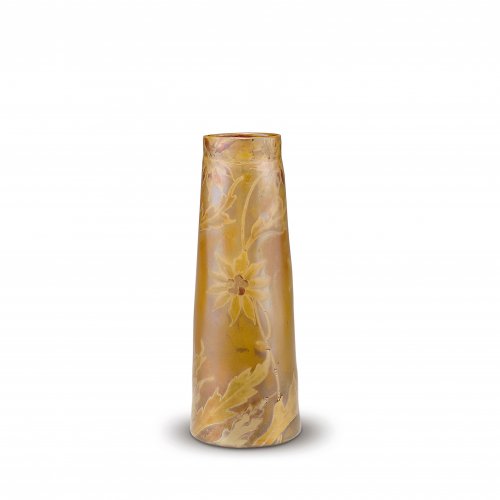
-
Sold
